How Paylakes Obtain LARGE Catfish
Gill nets, hoop nets and trotlines tend to be the most used gear to obtain river catfish, destined for paylakes. While gill nets are used for spoonbill in the winter months. Their large" bycatch" of blue catfish results in cheap, off-season sales for paylakes. Of course, gill nets are not restricted to just winter and can be used year-round. Hoop nets are best used for flathead catfish, particularly in the warmer months when flatheads are more active. Both gill nets and hoop nets can be used to catch river catfish year-round(on the Ohio River). On top of that commercial fishers can use AS MANY of these nets as they like (as seen in this video).
Gill Net Explained:
A gill net is a "WALL" of netting that's placed in the water column (see Illus. 1). The bottom of the net is weighed down to the riverbed. Floats pull the top NEAR the water surface (net sits below surface to allow boats to pass over).
Fish cannot see the net and unknowingly swim into it. The size of the holes in the net determines which fish pass through. And which fish get their head through, but not their body. Those that cannot get their body through the net, try to back out. Upon backing out their gills get snagged. (Hence the name gill net.) As the fish struggles, it becomes more entangled.
Licensed Ohio River commercial fisherman (some being paylake owners), can set as many of these nets as they desire in the Ohio River. These nets don't discriminate. ANY fish big enough to get caught, likely will. Catfish are no exception (see Illus 2 & 3). These nets are allowed to be used year-round and can be any length. Though some think these nets are only used for winter spoonbill, this is simply not the case. A large portion of paylakes blue catfish are netted by commercial fisherman/paylakes using these gill nets.
Hoop Net Explained:
A "hoop net" (seen in illustration's A, B, C, and D) sounds a lot like it truly is. These nets consist of numerous metal "hoops", hula hoops...if you will. The metal hoops are each smaller, as you approach the final entrapment area of the net. In between the metal hoops, is nylon netting typically providing 1" square holes. This setup allows the net to be folded flat when not in use. These nets use "funnels" to trap fish once inside the net. Bait at the end of the net lures these fish in. While these nets do have some bycatch, they're not nearly as bad as gill nets. Most bycatch is typically "rough" fish.
Is it Too Late?
Possessing a commercial fishing license allows these commercial fishermen and/or paylakes to set AS MANY of these nets/trotlines as they like(in the Ohio River). Prior to Dec of 2014, commercial fishing license holders could net an UNLIMITED amount of catfish, regardless of size. Paylakes and commercial fisherman exploited this DNR oversight for roughly the last 25 years. Obviously, it took some time for the Ohio River's once-abundant catfish population to begin showing signs of suffering. Once river anglers began to see the problem and relate the problem to paylakes, then anglers began to raise alarm with their DNR officials. Recent DNR studies have concluded that there is a problem. This finding has resulted in some protection for catfish longer than THREE FOOT, anything smaller is still unlimited catch!
.png)
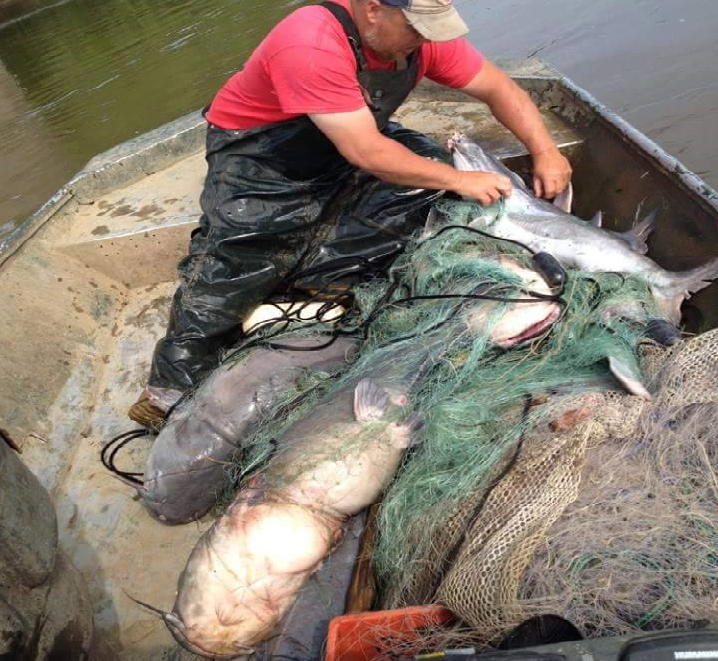
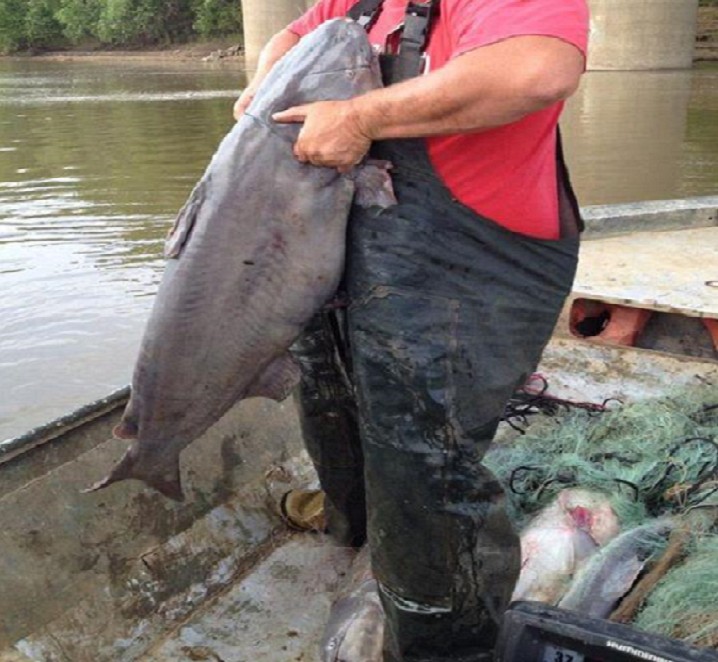
.png)
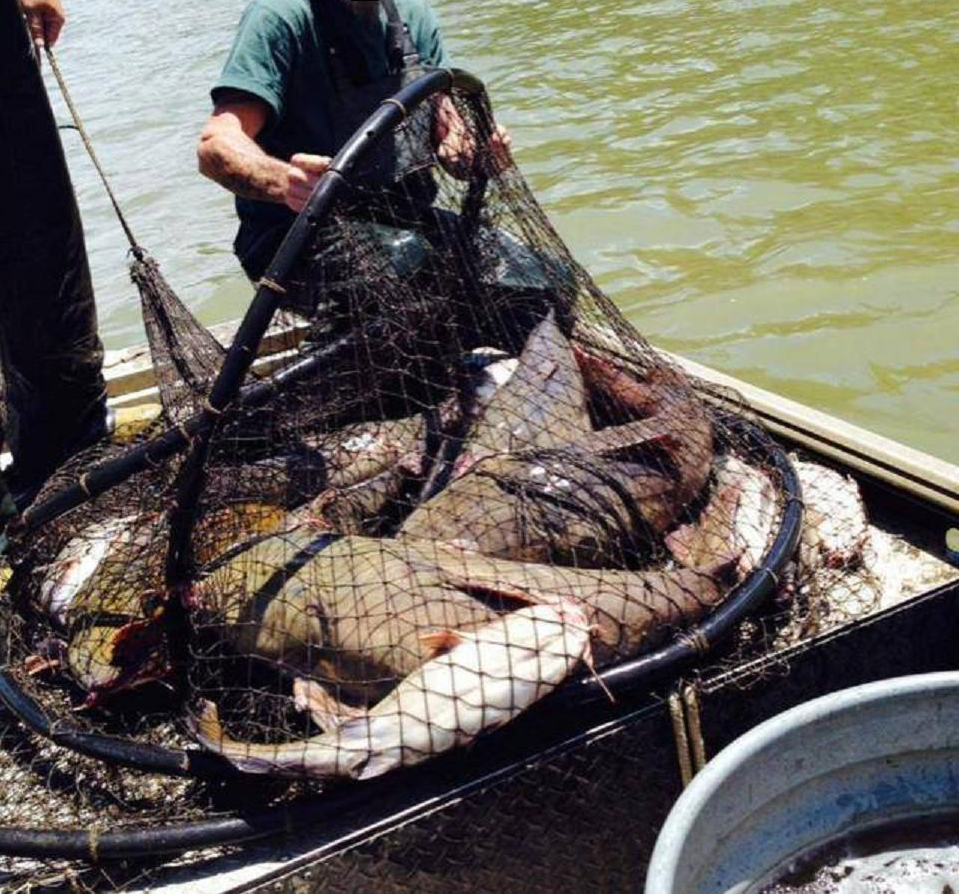
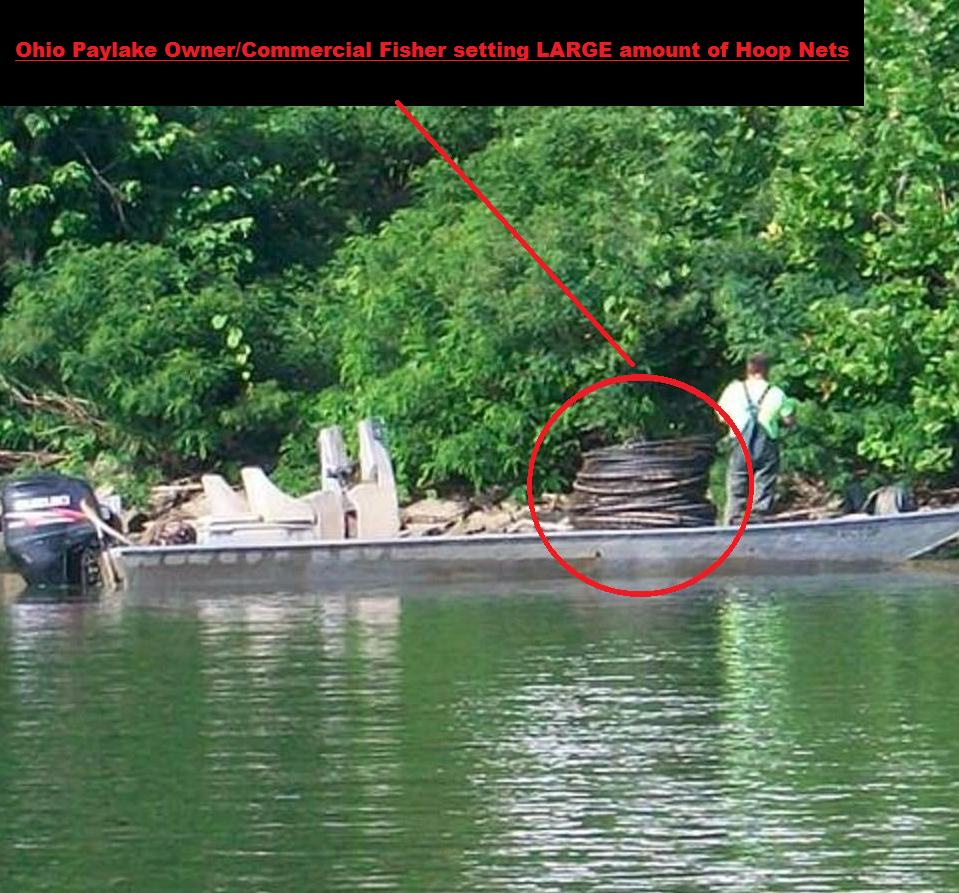
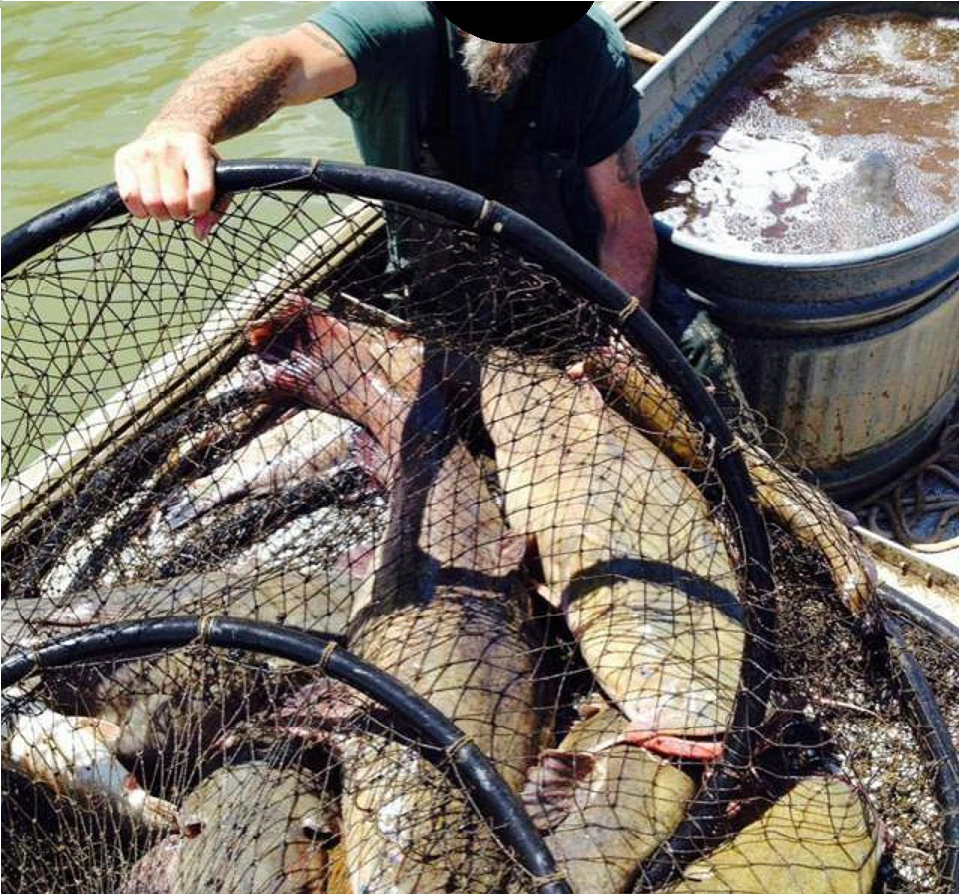
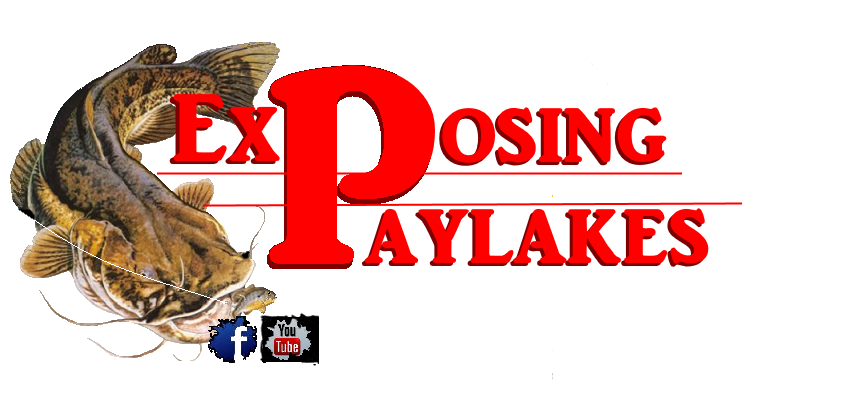


.jpg)